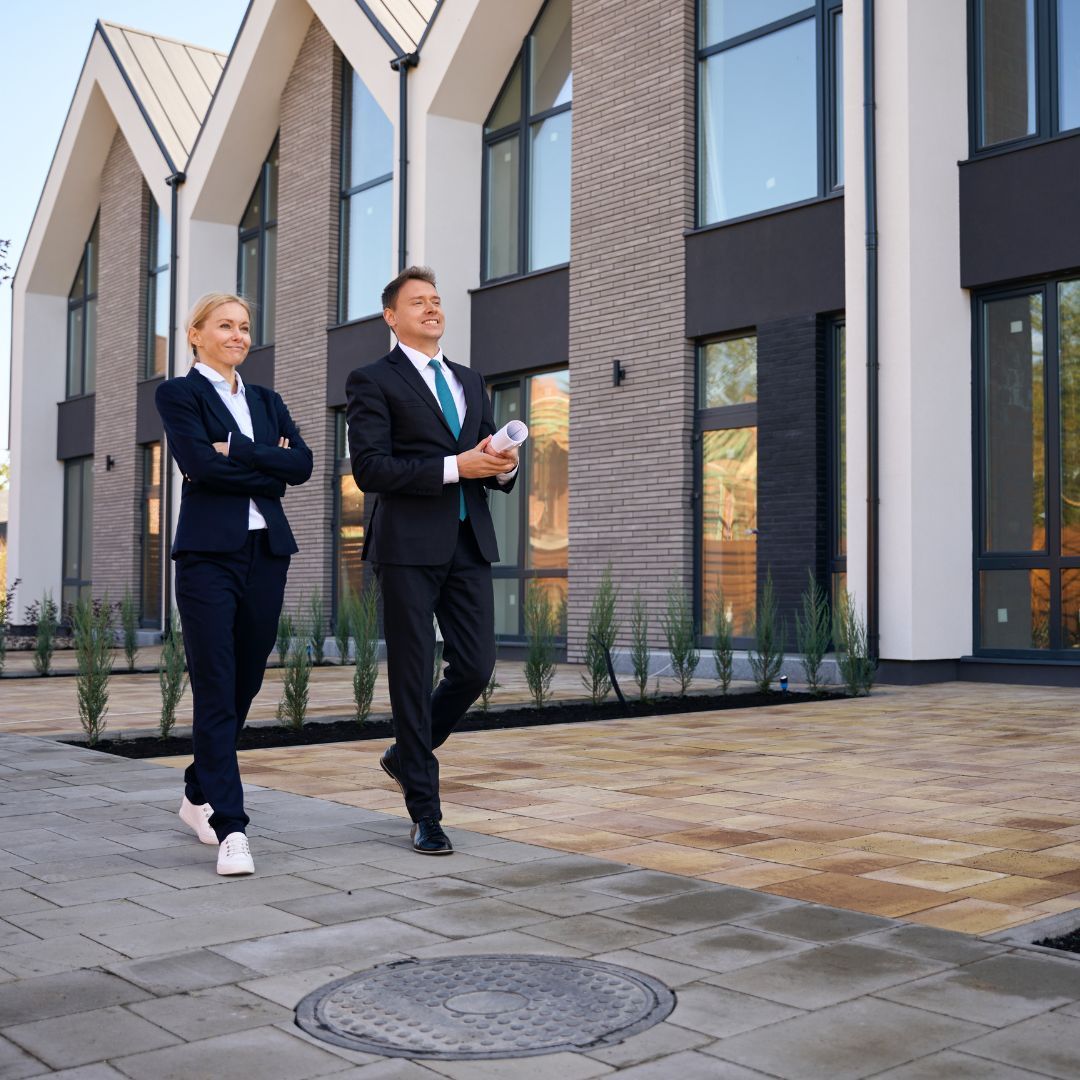Sinkholes, Floods, and Storms: The 3-Ring Circus of Florida Property Risk
See How We're Different
or call us: 954-233-0733
Florida, known for its beautiful beaches and vibrant culture, is also infamous for its unique and often hazardous environmental challenges. The state’s geographical characteristics make it susceptible to a trifecta of property risks: sinkholes, floods, and storms. This article delves into these risks, exploring their causes, impacts, and what homeowners can do to mitigate their effects.
Understanding Sinkholes: A Hidden Threat
Sinkholes are a common phenomenon in Florida, primarily due to the state's limestone bedrock. When rainwater seeps into the ground, it can erode the limestone, creating underground voids. Over time, these voids can collapse, leading to sudden and often dramatic sinkholes.
The Formation of Sinkholes
Sinkholes can form gradually or suddenly, depending on various factors such as rainfall, soil composition, and human activity. Heavy rainfall can accelerate the erosion process, while construction activities may destabilize the ground. In many cases, homeowners are unaware of the potential for sinkholes until it’s too late.
Interestingly, sinkholes can also be influenced by natural processes such as the dissolution of minerals in the soil. This can occur over decades, leading to a slow buildup of underground cavities. In some regions, the presence of clay or sandy soils can exacerbate the risk, as these materials may not provide adequate support for the limestone layers above. Understanding the geological makeup of an area is crucial for predicting sinkhole activity and mitigating risks.
Impacts on Property and Safety
The consequences of sinkholes can be severe. They can cause significant structural damage to homes, leading to costly repairs. In some instances, entire properties may become uninhabitable. Beyond property damage, sinkholes pose safety risks to residents, as they can occur without warning and may lead to injuries or fatalities.
Moreover, the psychological impact of living in a sinkhole-prone area can be profound. Homeowners may experience anxiety and stress over the potential for sudden ground collapse, leading to a diminished quality of life. Communities may also face challenges in maintaining property values, as the fear of sinkholes can deter potential buyers. Local governments often have to allocate resources for monitoring and emergency responses, highlighting the broader implications of sinkhole activity on public safety and infrastructure.
Preventative Measures and Insurance
Homeowners in sinkhole-prone areas should consider several preventative measures. Regular inspections of the property, especially the foundation and drainage systems, can help identify early signs of sinkhole activity. Additionally, investing in sinkhole insurance can provide financial protection against potential damages.
In addition to insurance, residents can engage in community awareness programs that focus on the signs of sinkhole formation and the importance of reporting unusual ground movement. Collaborating with geologists and local authorities can lead to better understanding and management of sinkhole risks. Furthermore, landscaping choices, such as maintaining proper drainage and avoiding excessive watering, can also play a role in reducing the likelihood of sinkhole development. By taking proactive steps, homeowners can help safeguard their properties and enhance community resilience against this hidden threat.
Flooding: A Constant Concern
Florida's low-lying geography makes it particularly vulnerable to flooding, especially during the hurricane season. The combination of heavy rains, storm surges, and rising sea levels creates a perfect storm for potential flooding events. With climate change exacerbating these conditions, the frequency and intensity of such weather phenomena are only expected to increase, raising alarms among residents and officials alike.
Causes of Flooding in Florida
Flooding can result from various factors, including tropical storms, hurricanes, and heavy rainfall. The state’s extensive network of rivers, lakes, and wetlands can exacerbate flooding, as these bodies of water overflow during periods of heavy precipitation. Urban development has also contributed to increased flooding risks, as impervious surfaces prevent water absorption into the ground. Furthermore, the natural drainage systems that once effectively managed water flow have been disrupted by human activities, leading to more frequent and severe flooding incidents.
The Economic Impact of Flooding
The economic repercussions of flooding can be devastating. Property damage can reach millions of dollars, affecting not only individual homeowners but also local economies. Businesses may be forced to close temporarily or permanently due to flood damage, leading to job losses and decreased revenue for the community. The costs extend beyond immediate repairs; long-term impacts include increased insurance premiums, reduced property values, and the potential for decreased tourism, which is a vital component of Florida's economy. The cumulative effect of these factors can strain local governments and hinder recovery efforts, making it imperative for communities to invest in resilient infrastructure.
Flood Preparedness and Response
To mitigate the risks associated with flooding, homeowners should develop a flood preparedness plan. This includes understanding the flood zone of their property, having an emergency kit ready, and knowing evacuation routes. Additionally, investing in flood insurance can provide essential coverage in the event of a disaster. Community engagement is also crucial; local governments often hold workshops and distribute materials to educate residents about flood risks and preparedness strategies. By fostering a culture of preparedness, communities can enhance their resilience and reduce the overall impact of flooding events. Moreover, collaboration between local agencies and environmental organizations can lead to improved flood management practices, such as restoring wetlands and implementing green infrastructure solutions that help absorb excess rainwater and mitigate flooding risks.
Storms: The Wrath of Nature
Florida is often referred to as the "Lightning Capital of the United States," and for good reason. The state experiences a high frequency of thunderstorms, hurricanes, and tropical storms, each posing unique risks to property and safety. The warm, humid climate, combined with the state's geography, creates the perfect conditions for these intense weather phenomena. As a result, Floridians must remain vigilant and informed about the potential dangers that storms can bring, from sudden flash floods to destructive winds that can uproot trees and damage homes.
Hurricane Preparedness
Hurricanes are perhaps the most feared storms in Florida. With the potential for high winds, heavy rainfall, and storm surges, these natural disasters can wreak havoc on communities. Homeowners should take proactive steps to prepare for hurricane season, which runs from June 1 to November 30. This includes creating an emergency kit stocked with essential supplies such as water, non-perishable food, medications, and flashlights. Additionally, having a family communication plan in place ensures that loved ones can stay connected during and after a storm. Regularly reviewing and updating these plans can make a significant difference in how effectively a household can respond to a hurricane's impact.
Storm Damage and Recovery
The aftermath of a storm can be overwhelming. Damage assessment, insurance claims, and recovery efforts can take months or even years. It is crucial for homeowners to document damage thoroughly and communicate effectively with their insurance providers to ensure a smoother recovery process. This documentation should include photographs, videos, and written descriptions of the damage, as well as any receipts for emergency repairs. Furthermore, understanding the specific terms of an insurance policy can help homeowners navigate the claims process more efficiently, reducing stress during an already challenging time. Local resources, such as community organizations and government assistance programs, can also provide vital support for those in need of recovery aid.
Community Resilience Against Storms
Building community resilience is essential in preparing for storms. Local governments can implement measures such as improved drainage systems, public awareness campaigns, and emergency response plans. Community engagement and education can empower residents to take action and protect themselves and their properties. Initiatives such as neighborhood watch groups can foster a sense of solidarity, encouraging residents to look out for one another during storm events. Additionally, local workshops on storm preparedness can equip residents with the knowledge they need to create their own emergency plans and understand the importance of maintaining their properties. By fostering a culture of preparedness, communities can significantly reduce the impact of storms and enhance their overall resilience in the face of nature's fury.
AMitigating Risks: A Comprehensive Approach
Addressing the risks of sinkholes, floods, and storms in Florida requires a multifaceted approach. Homeowners, local governments, and insurance companies must work together to create safer living environments.
Homeowner Initiatives
Homeowners can take several initiatives to protect their properties. Regular maintenance, such as cleaning gutters, checking drainage systems, and ensuring proper landscaping, can help mitigate risks. Additionally, staying informed about local environmental conditions and potential hazards is crucial for proactive risk management. Engaging with community workshops on disaster preparedness can further empower homeowners, providing them with the knowledge and resources needed to develop emergency plans tailored to their specific circumstances. Furthermore, investing in flood-resistant landscaping, such as native plants that require less water and can withstand heavy rains, not only enhances the aesthetic appeal of a property but also contributes to the overall resilience of the local ecosystem.
Government and Policy Interventions
Local governments play a vital role in managing property risks. Implementing zoning laws that consider environmental factors, investing in infrastructure improvements, and providing resources for disaster preparedness can significantly reduce risks. Community planning should prioritize sustainability and resilience against natural disasters. Additionally, governments can facilitate partnerships with environmental organizations to conduct regular assessments of vulnerable areas, ensuring that mitigation strategies are based on the latest scientific data. Public awareness campaigns can also educate residents about the importance of flood insurance and the steps they can take to protect their homes, fostering a culture of preparedness that extends beyond individual households.
The Role of Insurance in Risk Management
Insurance is a critical component of property risk management. Homeowners should review their policies regularly to ensure adequate coverage for sinkholes, floods, and storm damage. Understanding the specifics of what is covered and what is not can save homeowners from unexpected financial burdens in times of crisis. Moreover, insurance companies are increasingly offering incentives for homeowners who implement risk-reducing measures, such as installing storm shutters or elevating their homes. This not only encourages proactive behavior but also helps to lower overall premiums, making insurance more accessible. As climate change continues to impact weather patterns, staying informed about changes in policy offerings and emerging risks is essential for homeowners to maintain their financial security and property value.
Conclusion: Navigating Florida's Property Risks
Florida's unique environmental challenges present significant risks to property owners. Sinkholes, floods, and storms create a complex landscape of potential hazards that require vigilance and preparedness. By understanding these risks and taking proactive measures, homeowners can better protect their properties and ensure their safety.
As the climate continues to change and weather patterns evolve, the importance of being prepared cannot be overstated. Engaging with local communities, staying informed, and investing in preventative measures are essential steps in navigating the 3-ring circus of Florida property risk.








